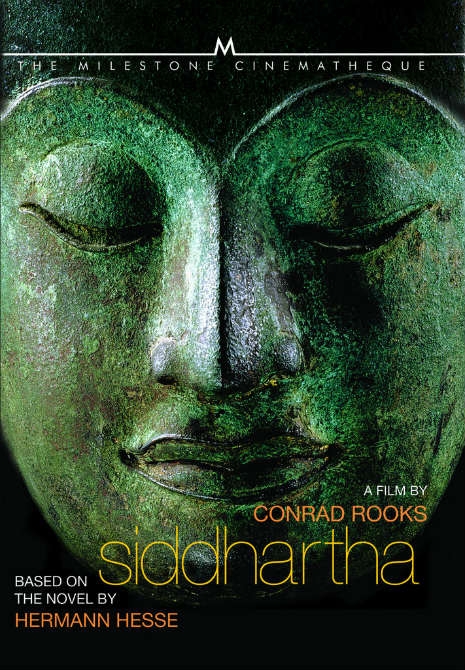
Happy Birthday Herman Hesse.
Battered copies of Herman Hesse’s Siddhartha (New Direction edition) bulged in the back pockets of flower children in the Sixties as we went in search of our own personal enlightenment. It certainly kickstarted my interest in Buddhism and has, along with On The Road, Been Down So Long, It Looks Up To Me and In Watermelon Sugar, been one of those touchstones that I measure my life by. At least in terms of literature. The others, sex, drugs and rock and roll, would require a book of their own to recount.

Avon heir and reformed junkie Conrad Rooks, who had directed the semi-autobiographical head film Chappaqua, made a significant leap as a film maker with Siddhartha (1972), a sensuous and gorgeously photographed (by Sven Nykvist) movie that captures the book’s mind expanding allure. Shot in India in hues of twilight and dawn, the movie has a languorous pace and is imbued with the kind of hippie vibe that had aging flower children swaying like poppies in the Himalayan breeze.
Here’s Siddhartha in its entirety.






